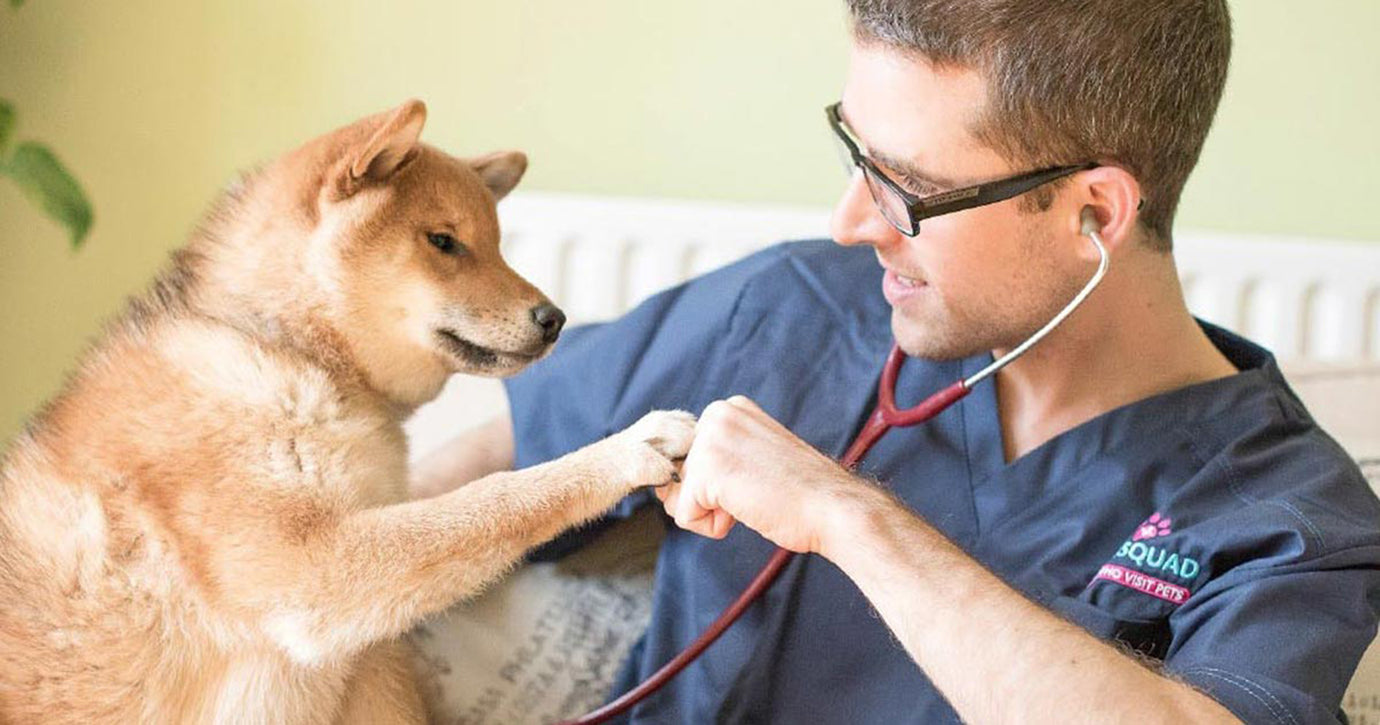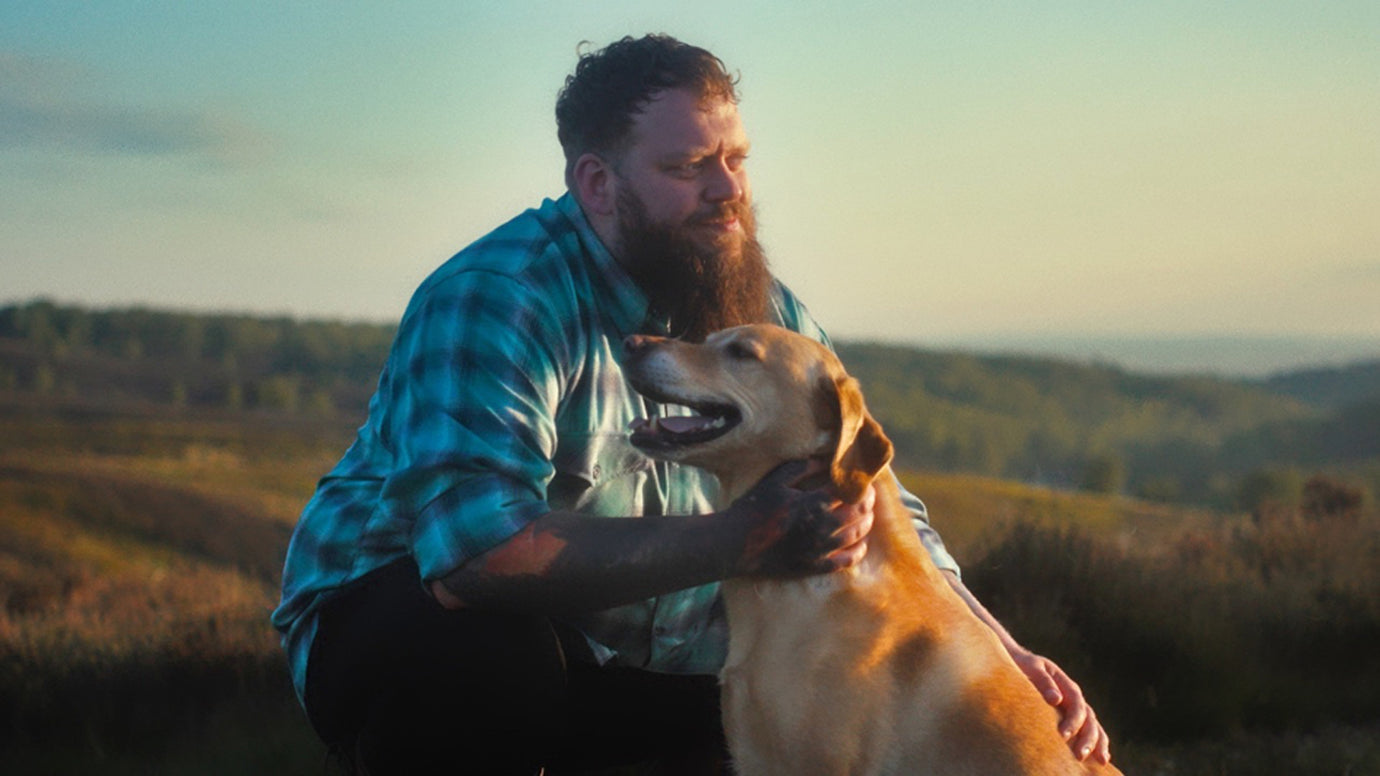Treats, training and time out: How to help your dog get used to life after lockdown

How will dogs cope when lockdown eases and their owners return to normal life? Dog behaviour expert Dr Carri Westgarth has some tips for the transition.
Roxie, my oldest, has particularly struggled with the events of the past year.
Overwhelmed by the sudden change to us all studying and working from home, a few weeks into the first lockdown she began waking in the night and calling out for comfort.
Roxie has always been sociable and has struggled to understand why she’s no longer allowed to say hello to everyone she sees.
You can now often find her sitting vigilantly by the window, desperate for household visitors, but simultaneously anxious at the thought of others encroaching on our personal space again.
Roxie is a pug-chihuahua cross, and she’s not the only dog who will be struggling to come out of lockdown.
Research shows that owning a dog can be good for our health.
Dog owners are more physically active than people without a dog, and during the pandemic especially, their company has been an invaluable tonic.
They have been a reason to leave the house, have given us a break from the bad news and offered the comfort of touch with another physical being.
But what about them? A year is a huge proportion of the life of a dog. For those who have some memory of the “old normal”, life has changed irreversibly.
For the many puppies born into the “new normal”, life so far has left them totally unprepared for what is about to come.
They have been insufficiently socialised in their early life to the everyday people, sights and sounds that they will need to be able to cope with, especially as training classes have been closed.
Many dogs will struggle to cope, unless we take active steps to get them ready.
For Roxie, that means that early on we stopped allowing her to sit by my husband’s side all day and instead closed the door to our dining room where he works.
She can see him through the glass if needed, but she quickly learnt to relax away from him and the night barking stopped.
We make sure we occasionally leave the house without the dogs, so that they remain used to being there alone.
When she barks at pigeons daring to land on her lawn, there’s no point shouting at her for doing wrong. Rather than trying to punish bad behaviour, it is kinder, and more effective, to reward the good behaviour.
If she sees movement out of the window, and doesn’t bark, she gets told she’s a good girl and is sometimes given a food treat.
If she sees movement out of the window, and doesn’t bark, she gets told she’s a good girl and is sometimes given a food treat.
We use closed doors and baby gates to prevent Roxie from obsessively watching out of the windows in the first place. If she can’t see out all the time, she’s less anxious about what might be out there.
Now is the time to evaluate what you need to do to help your dog: what is your dog already struggling with or what might they be likely to struggle with in the next few months?
What can you do to prepare them, so that the transition is stress-free for both you and them?
Here is my advice for making the new normal easier for your dog – and you – to cope with.
Prepare your dog for lockdown easing
At first, let them get used to at least being relaxed in another room away from you, while you are still in the house.
- Practice leaving the house without your dog. Gradually increase the time your dog is left alone without you.
- If your dog is struggling with being left alone (for example, whining, pacing, barking), try leaving them with a safe toy containing extra tasty food, that they only get when they are alone. Leaving a radio or television on can also be helpful, if this is a noise that is typical in the house when you are present.
- If they are too stressed to even eat without you, practice simply walking out of a door and then straight back in, until they relax.
- Establish a routine, for example timing of feeding and walking, which is going to be similar to what they will need to do when you go back to work.
- Create extra opportunities for socialisation wherever you can: take your dog into garden centres, pet shops, walk around supermarket car parks or outdoor shopping centres, walk next to busy traffic.
- Give your dog verbal praise and occasionally a small food reward when they see unknown people and dogs when out. Strangers are good! If possible, ask friends and neighbours to throw treats in the direction of your dog, from a safe distance.
- Learn about the behavioural signals that your dog is feeling overwhelmed, for example: excessively yawning or licking their lips, turning their head or body away, raising a front paw, walking away, stiffening.
- Join an online training class in advance of face-to-face class being able to start.
- If you and your dog need expert help, seek support from an appropriate qualified behaviourist, such as a member of the Association of Pet Behaviour Counsellors.
(Article source: Inews)





